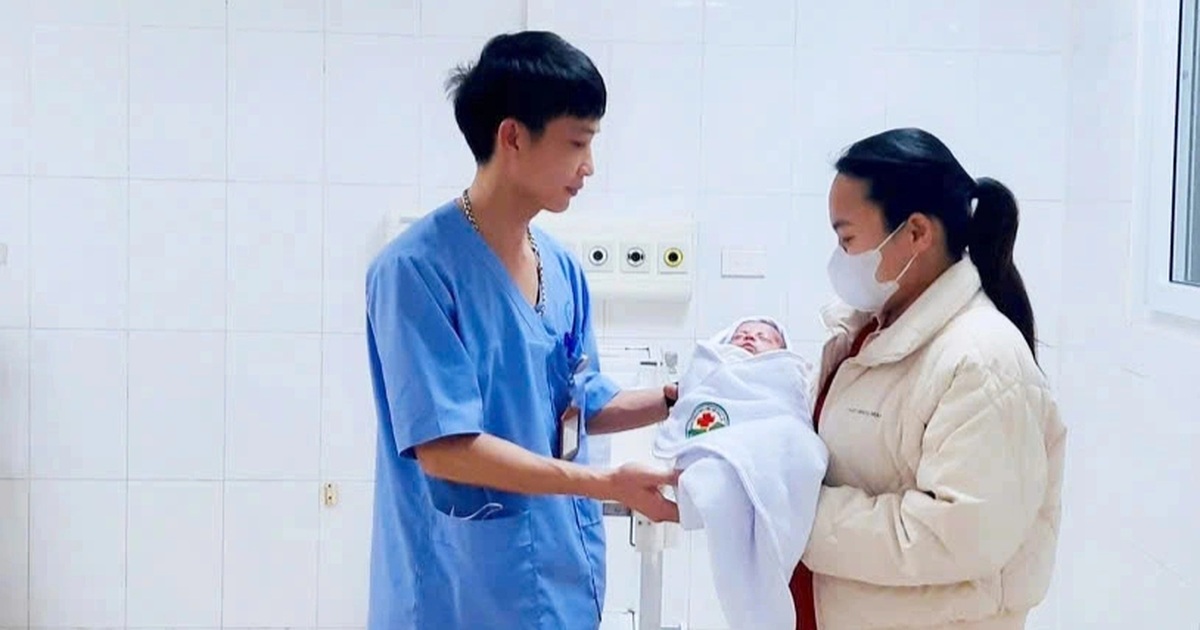On January 21, Thanh Hoa Children’s Hospital announced joyfully: their medical team successfully treated and saved the life of a premature baby born at 30 weeks gestation. The infant not only faced acute respiratory distress but also developed a serious complication—pericardial effusion, which could have been life-threatening.
Baby V.T.M. was born at just 30 weeks with a weight of only 1.1 kg. Due to complex respiratory issues, the baby was immediately transferred to the Neonatal Intensive Care Unit at Thanh Hoa Children’s Hospital.
According to the family, the child was delivered vaginally but had slow progress in health, necessitating special care. At 22 days old, the baby was transferred to Thanh Hoa Children’s Hospital for advanced treatment.
Upon admission, the baby was supported with mechanical ventilation, intravenous feeding, and high-dose antibiotics to control infections. However, during treatment, doctors detected abnormal signs such as cyanosis, rapid but weak heartbeat. Chest X-rays and echocardiograms revealed significant pericardial effusion, compressing the heart and reducing left ventricular function.
In this critical situation, the medical team performed an ultrasound-guided pericardiocentesis to drain the fluid. The 50-day treatment required relentless effort from both healthcare staff and the family. Finally, thanks to appropriate treatment and dedicated care, the baby’s health stabilized, gained weight to 1.3 kg, and was discharged home.
Dr. Le Thi Oanh, Deputy Head of the Neonatal Intensive Care Unit at Thanh Hoa Children’s Hospital, shared that pericardial effusion is a relatively common condition among newborns, especially premature babies. If not treated promptly, it can exert significant pressure on the heart, leading to a high risk of death.
This 50-day journey of fighting for survival is a testament to the remarkable advancements in Vietnam’s healthcare system and serves as a powerful reminder of the importance of maternal and child health, particularly in cases of prematurity.
For more details, please refer to the original source.



